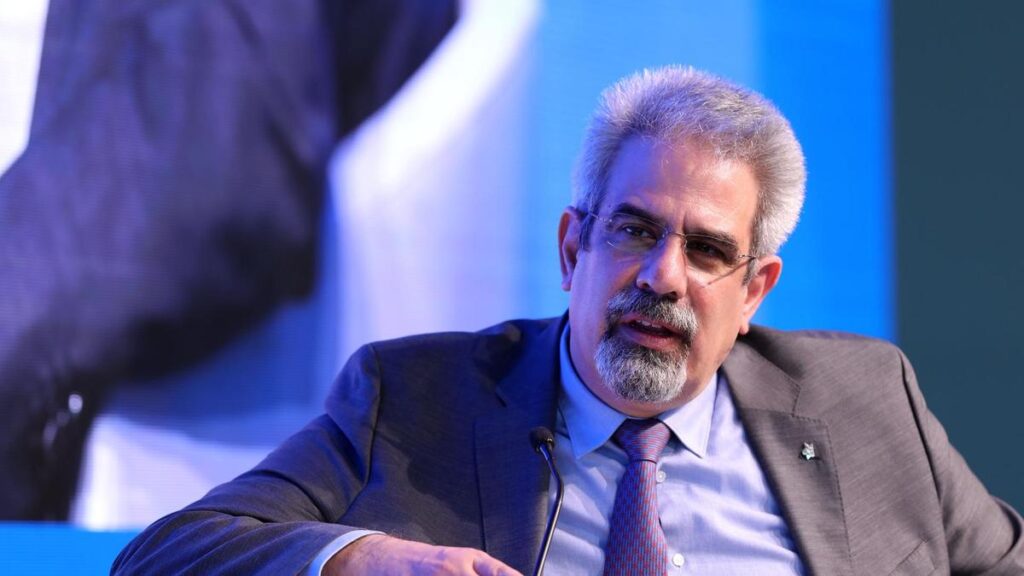World Bank finds that transport bottlenecks are hampering intra-African trade as IATA’s Kamil Alawadhi calls for open skies and stronger air links across the continent.
Road Bottlenecks Choke Trade
Poor road access and weak storage are undercutting Africa’s ability to feed itself and are limiting intra-African trade. A new World Bank report, notes that the “absence of critical infrastructure such as motorable roads and inefficiencies in transport and storage are undermining Africa’s ability to feed its population effectively and trade effectively.” It adds that more than 30% of food is lost in transit, contributing to Nigeria’s N3.5 trillion annual post-harvest loss, with 60% of Africa’s rural population living over two kilometers from an all-season road.
Is Aviation the Answer?
At Aviation Africa 2025, IATA regional vice president Kamil Alawadhi framed aviation as a strategic enabler: “Africa is rich in opportunity, with a young population, growing markets, and a strategic position in global trade. Aviation can be the engine that connects these opportunities, drives integration, and unlocks prosperity.” He added that collaboration, political will, and vision are essential to make aviation “a driver of inclusive, sustainable prosperity for all Africans.”
The World Bank report underlines why speed and reliability matter for food security and intra-African commerce: “Africa generally imports food from overseas markets rather than from within the continent. Intracontinental trade makes up only 5 percent of Africa’s trade in cereals, and accessing food takes up to 10 times longer than in developed regions.”
Open Skies and Trade Integration
Alawadhi linked connectivity to the continent’s flagship integration agendas. “Aviation is the backbone of that ambition,” he said of AfCFTA, noting that cargo and passenger services enable goods, services, and people to move “quickly and reliably.” He contrasted Africa’s intra-regional trade share (15%) with Europe’s (60%+), underscoring the gap. He also pointed to the Single African Air Transport Market (SAATM) as a lever to reduce fares and expand routes, though implementation remains slow.
What Next?
Regarding overland travel, the solutions are clear, yet challenging to implement, and include: upgrading critical corridors and resilient infrastructure; streamling border and customs processes; modernizing seaports; maintaining existing roads to expand access to all-season routes; and the development of alternative routes to account for unforeseen issues.
Alawadhi himself urged investment in aviation infrastructure, market liberalization, and aligned policies to build resilient supply chains and “unlock new economic corridors.” Together, these steps point to a pragmatic path: fix ground bottlenecks while accelerating air links that can move goods and people when roads cannot.
For more stories of African infrastructure and intra-African trade, visit our dedicated archives.
